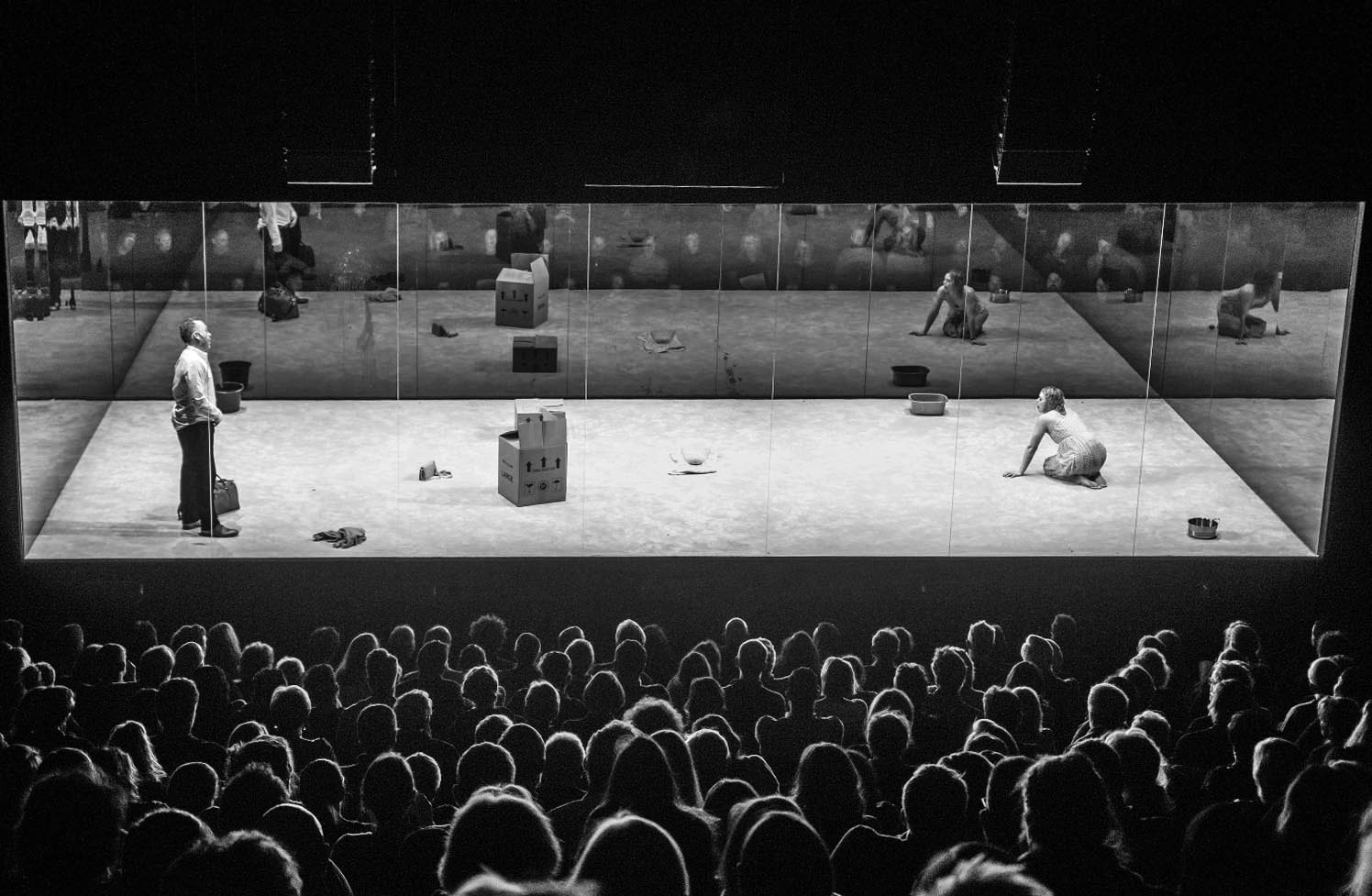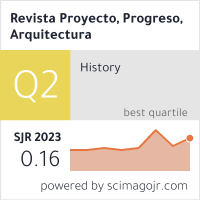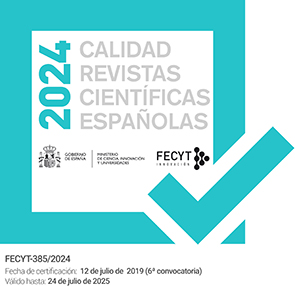EXPANDED AND PERFORMATIVE: ARCHITECTURE OF THE SCENE, SCENE OF THE ARCHITECTURE
DOI:
https://doi.org/10.12795/ppa.2023.i28.10Keywords:
theatre, image technology, 21st century, scenography, architectureAbstract
The itinerary followed by the theatre in the 20th century had the common denominator with other artistic fields of overcoming inherited conventions and its disciplinary limits. The intention, deeply rooted in the second half of this century, was to broaden its original conceptions, which led to states and adjectivisations of "expanded" and/or "performative", initially ground-breaking and today already established along with orthodoxy as paradigms of the current arts. The debates on what theatre, scenography or theatrical architecture are have led to progress on the path followed, but today they are an old constraint, not for that reason dispensable, in the face of the wide and diverse panorama of current artistic practices that try to reflect the complexity of the contemporary world of the digital era. This text reflects on the heritage and aims to contribute to the current debate by proposing a horizon of symbiotic collaboration between the arts, in their being "beyond themselves", to work on the symbolic form of the 21st century.
Downloads
References
APPIA, Adolphe. La música y al puesta en escena. La obra de Arte Viviente. Serie: Teoría y práctica del teatro, 14. Madrid: Asociación de Directores de Escena de España, 2000.
BAYER, Herbert. Fundamentals of Exhibition Design. En: PM, December 1939-January 1940, pp. 17-25.
DÍAZ CARO, Esther. Sensing cities. Entre los límites difusos del arte y la arquitectura. En: Proyecto, Progreso Arquitectura. Sevilla: Editorial Universidad de Sevilla, noviembre, 2016, nº 14, “Ciudades Paralelas”, pp. 28-39. DOI: https://doi.org/10.12795/ppa.2016.i14.02
FRIEDMAN, Yona. L’ordre compliqué et autres fragments. Paris-Tel Aviv, Editions de l’éclat, 2008.
HANN, Rachel. Beyond Scenography. London-New York: Routledge, Francis & Taylor Group, 2019.
ITO, Toyo. Paisaje arquitectónico de una ciudad envuelta en una película de plástico transparente. En: ITO, Toyo. Escritos. Arquitectura. Murcia: Colegio de Arquitectos de Murcia, 2000, pp. 121-122.
KRAUSS, Rosalind. La escultura en el campo expandido (1979). Barcelona: Paidós, 1979.
LIPPARD, Lucy R.; Chandler, John. The Dematerialization of Art. En: Art International, Feb. 1968, Vol. 12, nº 2, pp. 31-36.
SÁNCHEZ, José A. Dramaturgia en el campo expandido. En: Repensar la dramaturgia. Errancia y Transformación. Murcia: CENDEAC, Centro Párraga, 2010, pp. 19-37.

Published
How to Cite
Issue
Section
License
Las ediciones impresa y electrónica de esta Revista son editadas por el Secretariado de Publicaciones de la Universidad de Sevilla, siendo necesario citar la procedencia en cualquier reproducción parcial o total.
Salvo indicación contraria, todos los contenidos de la edición electrónica se distribuyen bajo una licencia de uso y distribución “Creative Commons Atribución-NoComercial-SinDerivar 4.0 Internacional” ![]() . Puede consultar desde aquí la versión informativa y el texto legal de la licencia. Esta circunstancia ha de hacerse constar expresamente de esta forma cuando sea necesario.
. Puede consultar desde aquí la versión informativa y el texto legal de la licencia. Esta circunstancia ha de hacerse constar expresamente de esta forma cuando sea necesario.
Los autores/as que publiquen en esta revista aceptan las siguientes condiciones:
- Los autores/as conservan los derechos de autor y ceden a la revista el derecho de la primera publicación, con el trabajo registrado con la licencia de atribución de Creative Commons, que permite a terceros utilizar lo publicado siempre que mencionen la autoría del trabajo y a la primera publicación en esta revista.
- Los autores/as pueden realizar otros acuerdos contractuales independientes y adicionales para la distribución no exclusiva de la versión del artículo publicado en esta revista (p. ej., incluirlo en un repositorio institucional o publicarlo en un libro) siempre que indiquen claramente que el trabajo se publicó por primera vez en esta revista.
- Se permite y recomienda a los autores/as a publicar su trabajo en Internet (por ejemplo en páginas institucionales o personales) antes y durante el proceso de revisión y publicación, ya que puede conducir a intercambios productivos y a una mayor y más rápida difusión del trabajo publicado (vea The Effect of Open Access).








